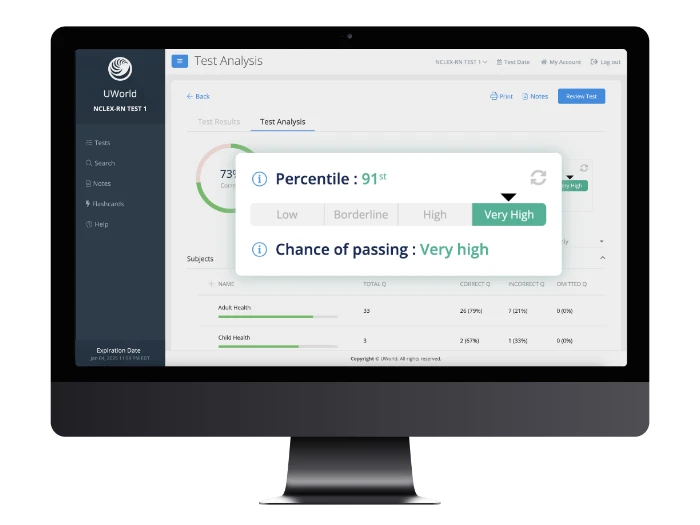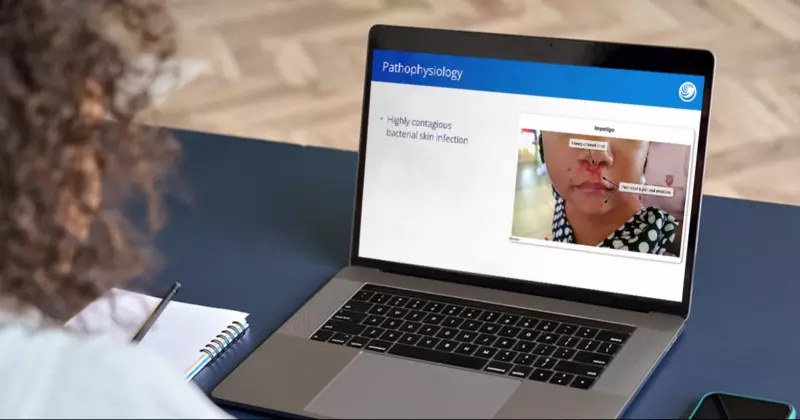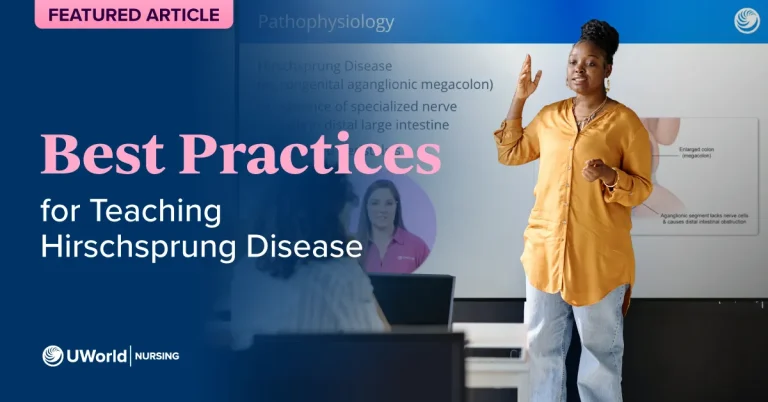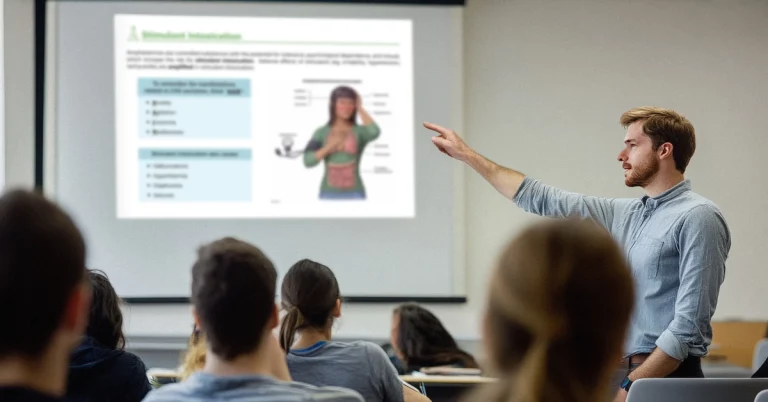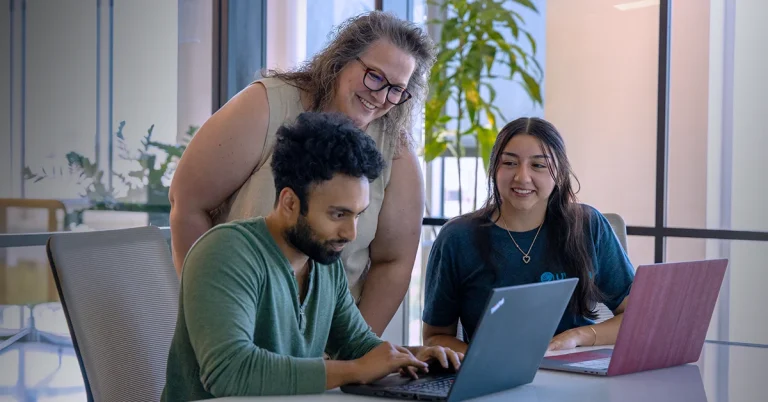Engaging with video resources effectively is a critical skill for modern learners, particularly in fields like nursing, where visual learning can play a significant role in understanding complex topics. To get the most out of these videos, active engagement is key. One effective strategy is the prediction technique. Before a new topic is introduced in the video, pause and predict what the content will be about based on the title or introductory statements. This primes your brain for new information, making it easier to absorb and recall later. Below we’ll detail exactly how predictive strategies can help you get the most out of NCLEX® videos.
Pre-Engagement: Set the Stage for Active Learning
Before diving into an NCLEX prep video, prepare your learning environment. Clear your study area of distractions and gather necessary resources like notebooks or digital tools for taking notes. Ensure you’re in the right mindset to learn. Setting the stage and developing a routine primes your brain for learning, allowing you to focus and engage more effectively with the dense, high-yield content.
Create Predictive Questions
Before you start watching a video ask yourself comprehension questions based on the topic or disease. This prepares you to pay attention and watch for specific information. These questions also get you thinking critically and help cement new knowledge into your long-term memory, aiding in more effective recall when it’s time to take the NCLEX.
Use Visual Cues to Stimulate Predictions
Pay close attention to diagrams, infographics, and highlighted text. Visual cues typically indicate key concepts or focal points. Make educated guesses about what these cues indicate before their content is explained. Such active participation stimulates your attention and reinforces your memory.
Employ Prior Knowledge and Context
Connect what you watch with what you already know. Forming connections establishes a cognitive bridge between the new and the familiar, developing a better understanding of both. Similarly, considering how this new information fits into the larger picture helps you to stay motivated and encourages meaningful learning.
Test Your Predictions
After you’ve made predictions based on titles, visual cues, and prior knowledge, watch the video and check the accuracy of your guesses. Fill in any missing information and jot down any questions you have about the content. Even if your predictions are incorrect, the act of creating and testing them fosters engagement, which encourages long-term memory.
Reflect and Summarize
Take a moment to reflect on the content and summarize what you’ve learned. You could write a brief summary, explaining the concepts to someone else, or just mentally review the key points. Reflection allows you to process and consolidate the information. Summarization reinforces what you’ve learned and helps remedy any confusion.
Review and Repeat
Revisit the material after a day or two and then again after a week. Each time, you’re strengthening the neural pathways associated with that information. Also, consider using different review methods each time, such as verbal recall, written summaries, or teaching the concept to someone else. Active learning keeps your brain engaged and strengthens your memory. Through review and repetition, you’re moving the information from your short-term memory to your long-term memory.

Ask These Questions Before Watching Every High-Yield NCLEX Video
Our High-Yield NCLEX videos cover the most important and frequently tested content on the NCLEX so you’ll learn exactly what you need to pass the first time. Each 5-10 minute video covers an important topic or disease, such as hypertension, Parkinson’s Disease, or diverticulitis. Pick and choose based on your strengths and weaknesses, or watch them all for a comprehensive overview. But to get the most out of our High-Yield NCLEX videos, ask yourself these predictive questions before watching:
- What is the pathophysiology?
- What are the risk factors?
- What are the clinical features or symptoms?
- What are the possible complications?
- What are the nursing interventions?
Take notes in the MyNotebook feature in the QBank so you can quickly add supporting information, practice questions, or medical illustrations and images to each topic area.
The Benefits of Studying with NCLEX Videos
Quality NCLEX videos offer a number of benefits for nursing students, including:
- Enhance understanding and comprehension — Videos break down complex nursing concepts, making them easier to grasp compared to traditional text-based learning.
- Visual demonstrations — Seeing a procedure or concept demonstrated visually often improves understanding and memory retention.
- Accessible explanations — Videos provide explanations in a conversational tone, making the content more relatable and easier to digest.
- Flexibility — Videos can be paused, rewound, and rewatched, allowing for personalized pacing and repeated exposure to difficult concepts.
- Diversity of topics — Videos cover a wide range of high-yield nursing topics, allowing for a comprehensive and well-rounded study experience.
- Convenience — Videos can be accessed anytime, anywhere, fitting seamlessly into various schedules and study routines.
- Active engagement — Videos encourage active learning, helping to cement knowledge and improve recall for exams.
Conclusion
UWorld Nursing’s High-Yield NCLEX videos are more than just a passive resource; they’re an active learning tool that can supercharge your NCLEX study plan and help you pass the first time. By actively engaging with these videos, you can deepen your understanding, improve your recall, and build the confidence you need to succeed on test day.
